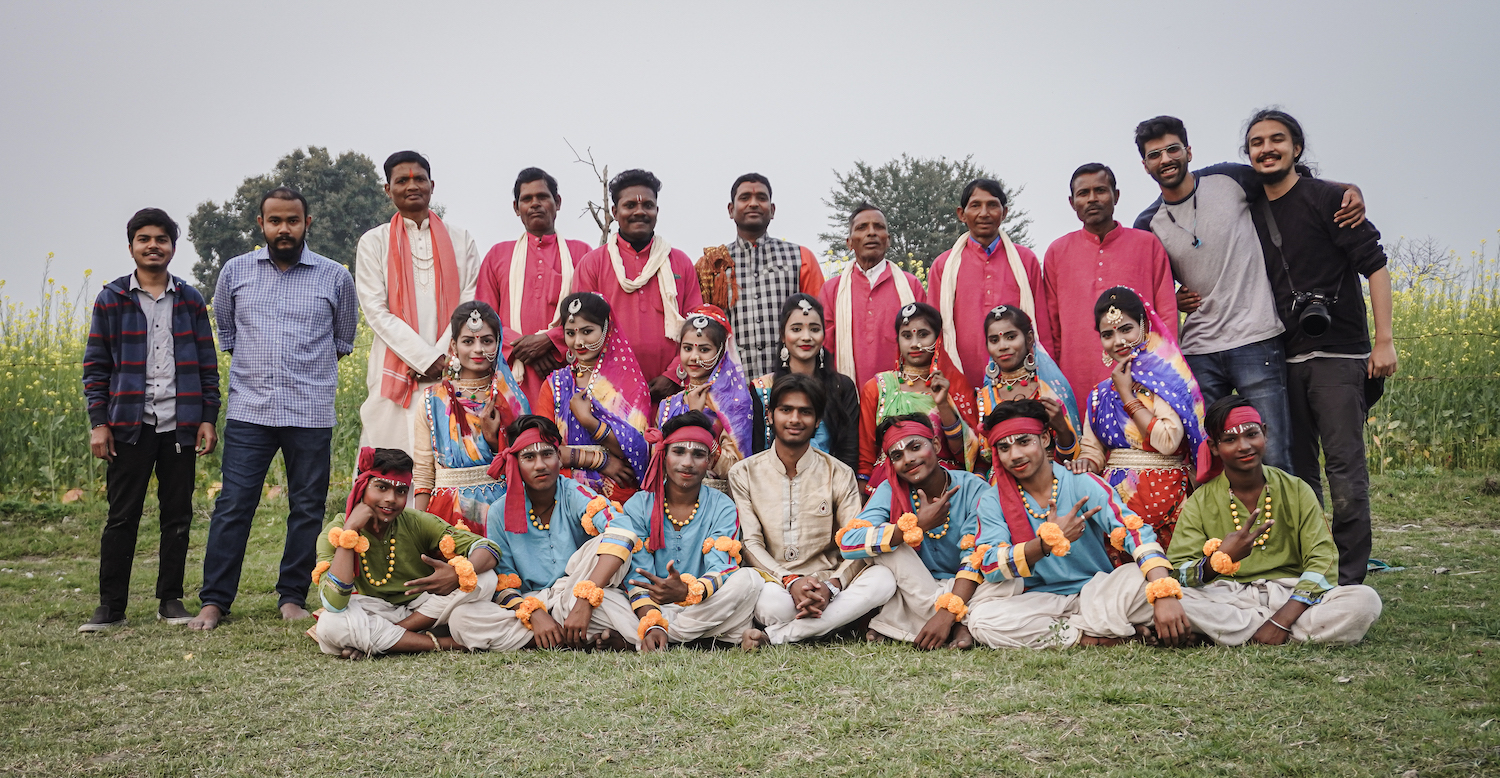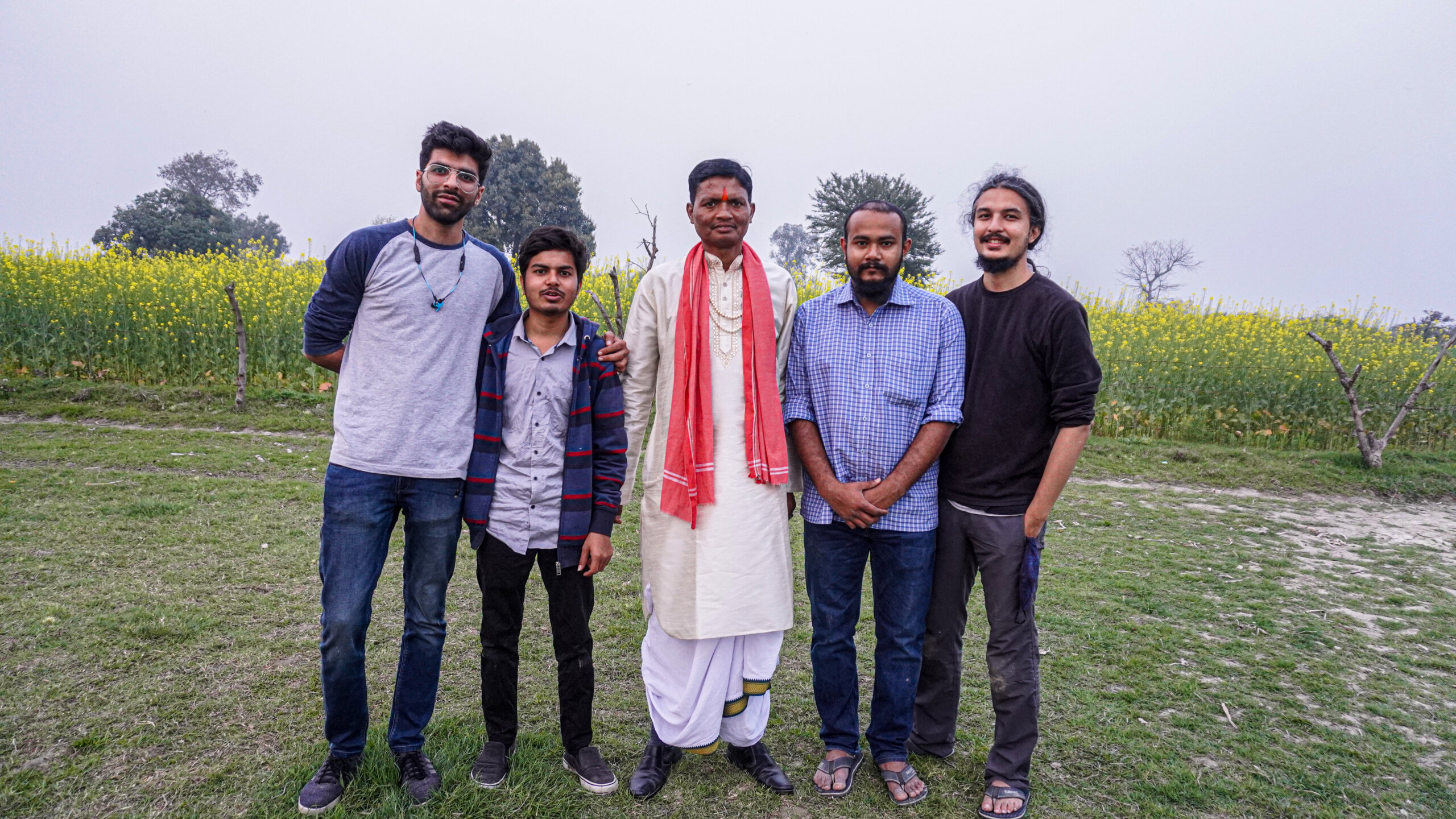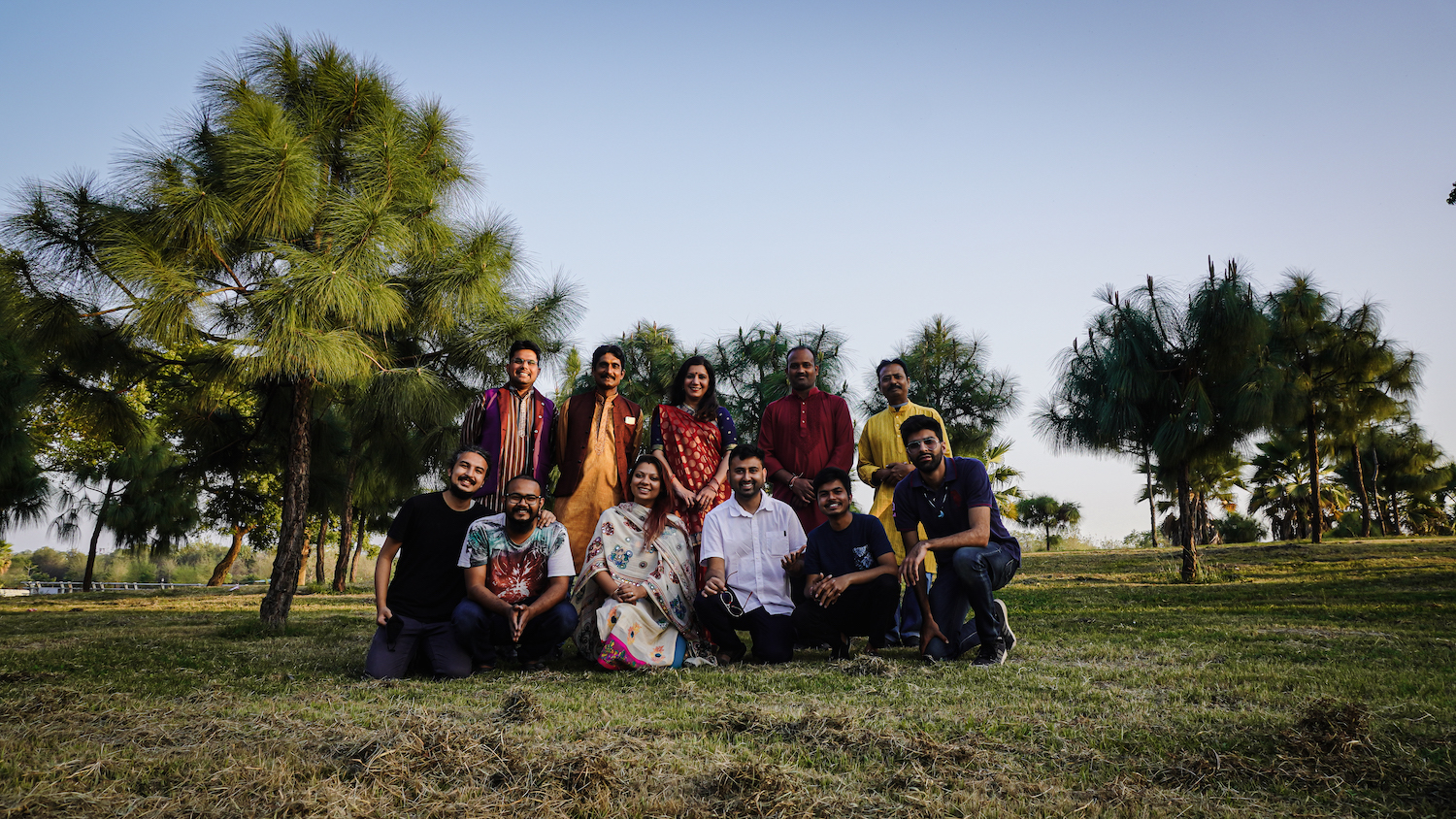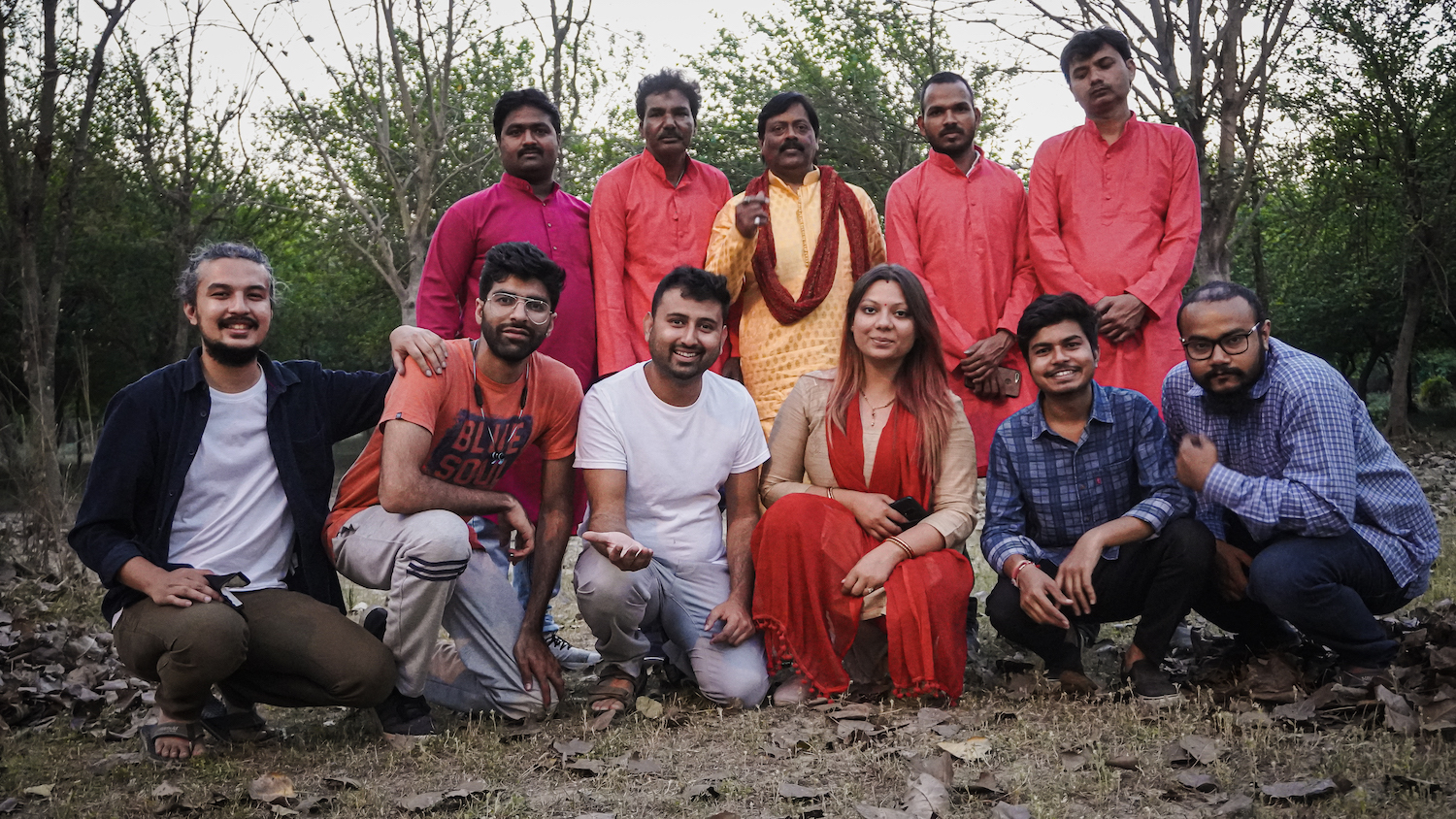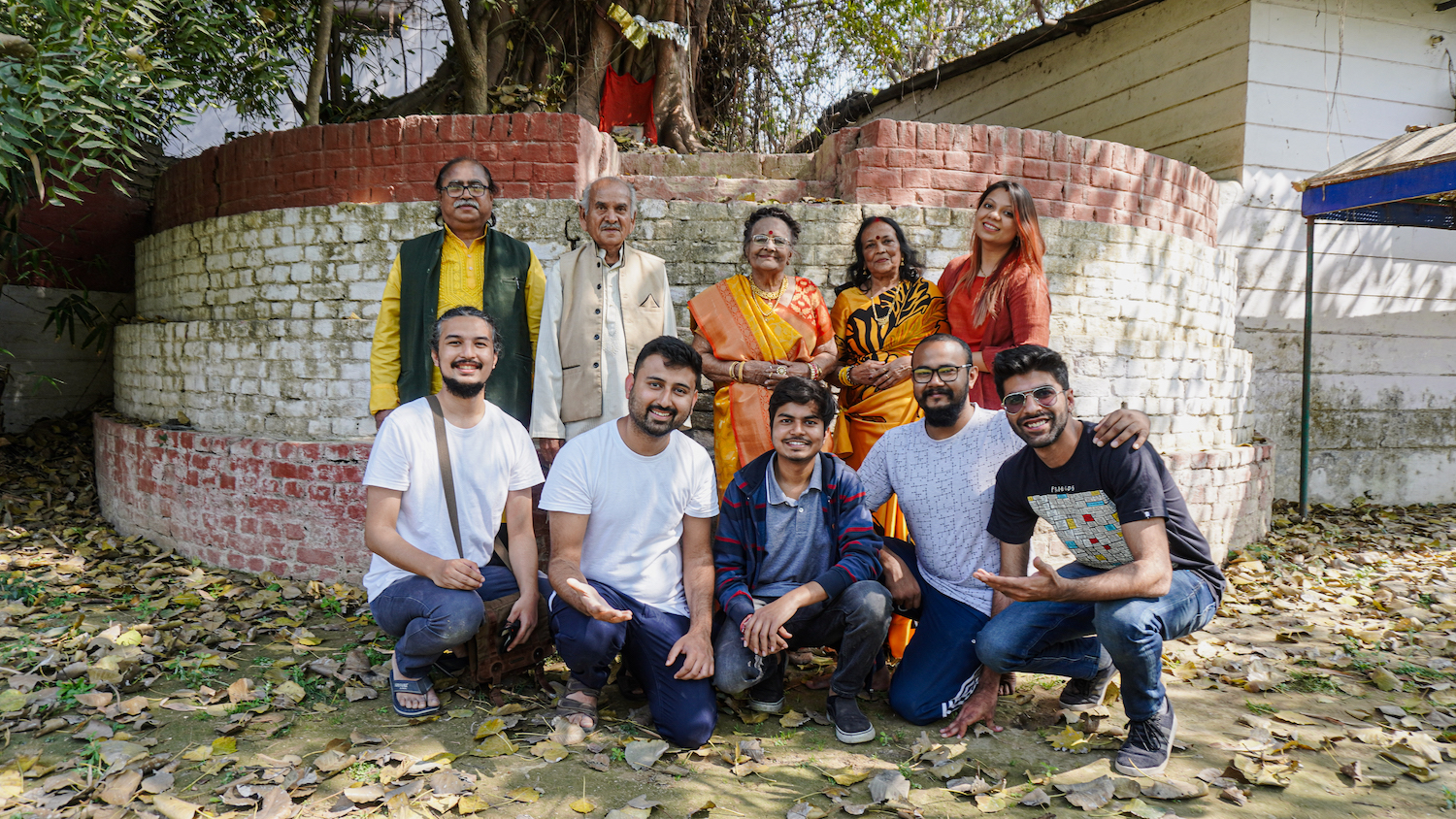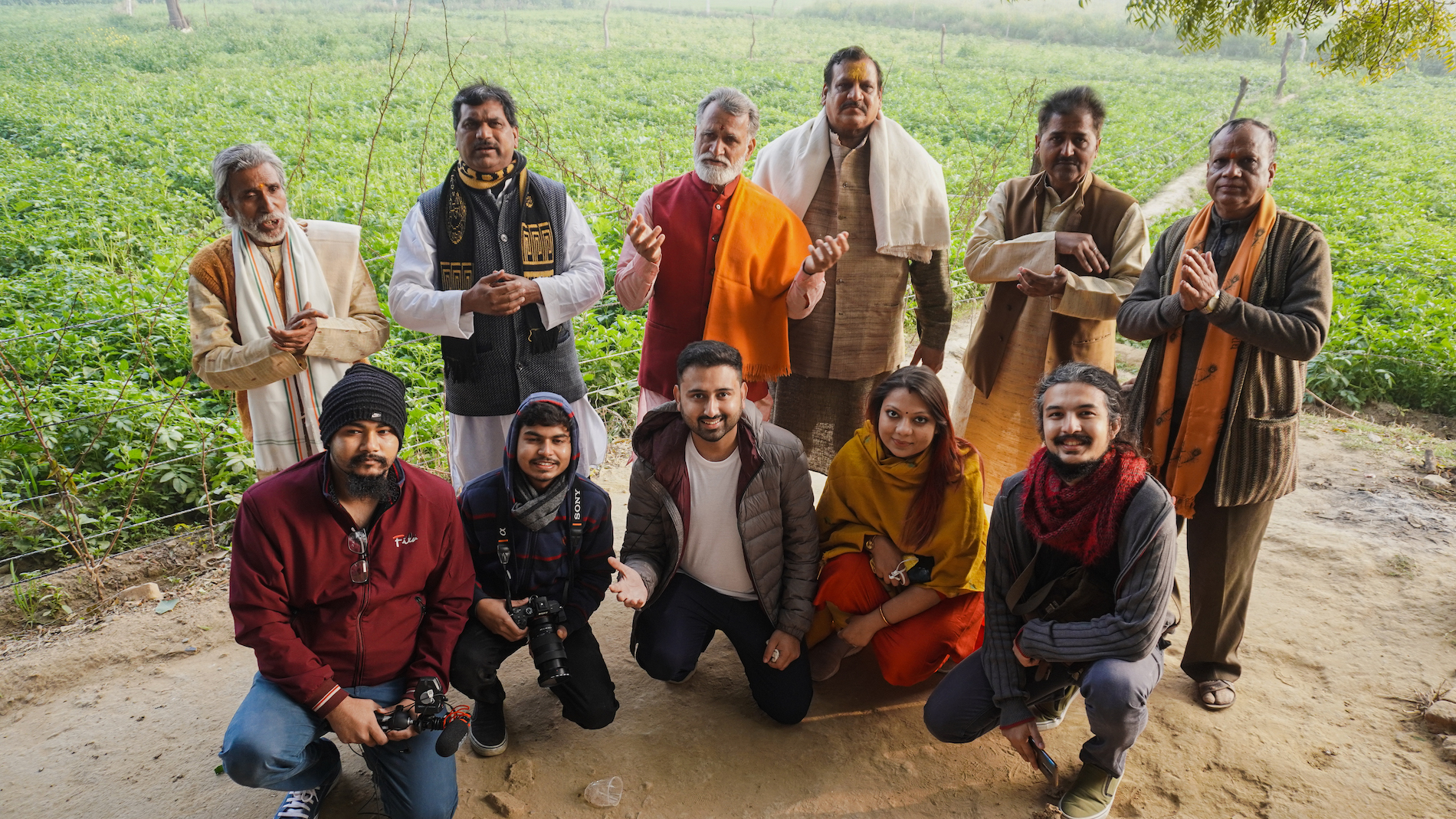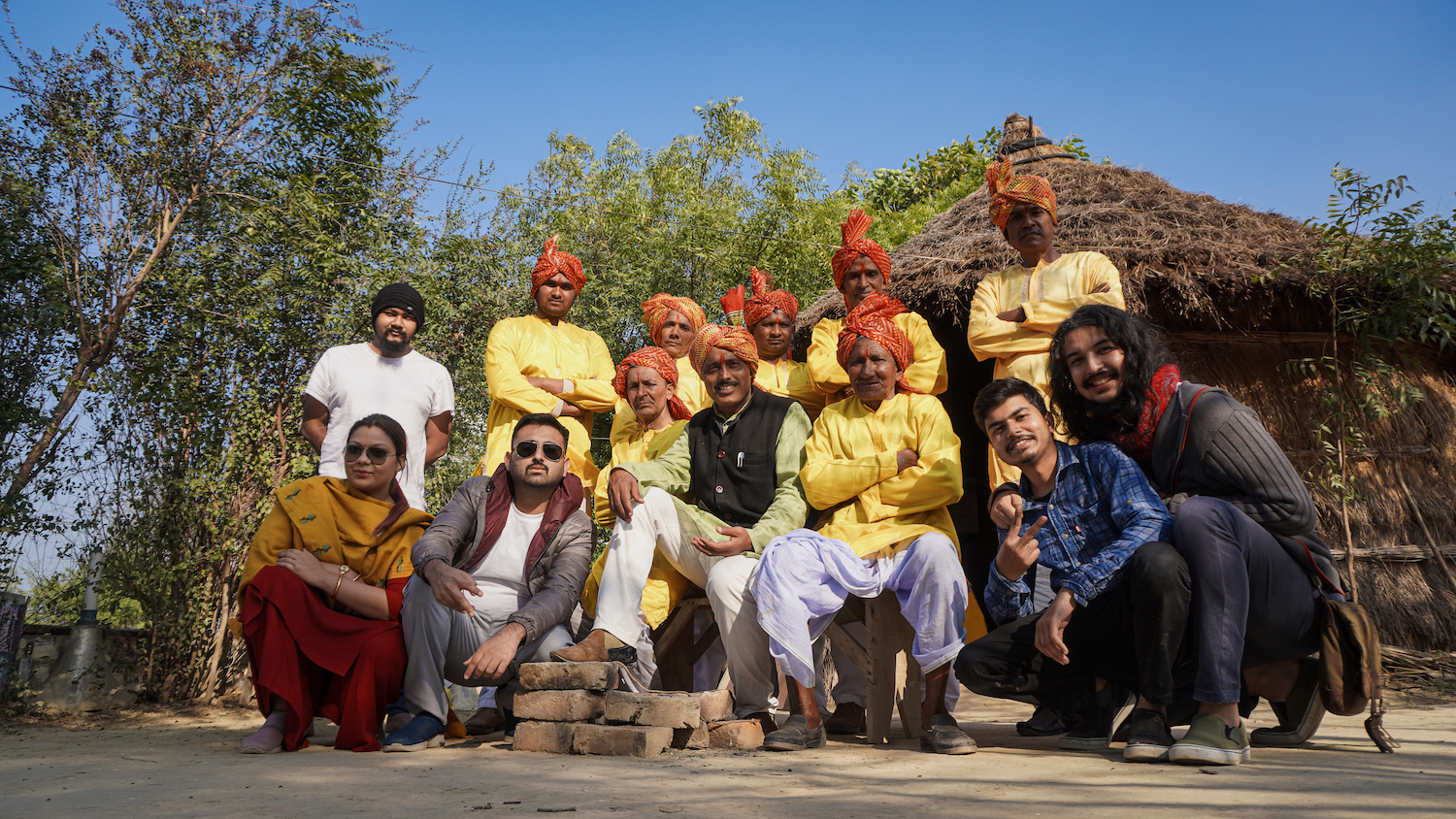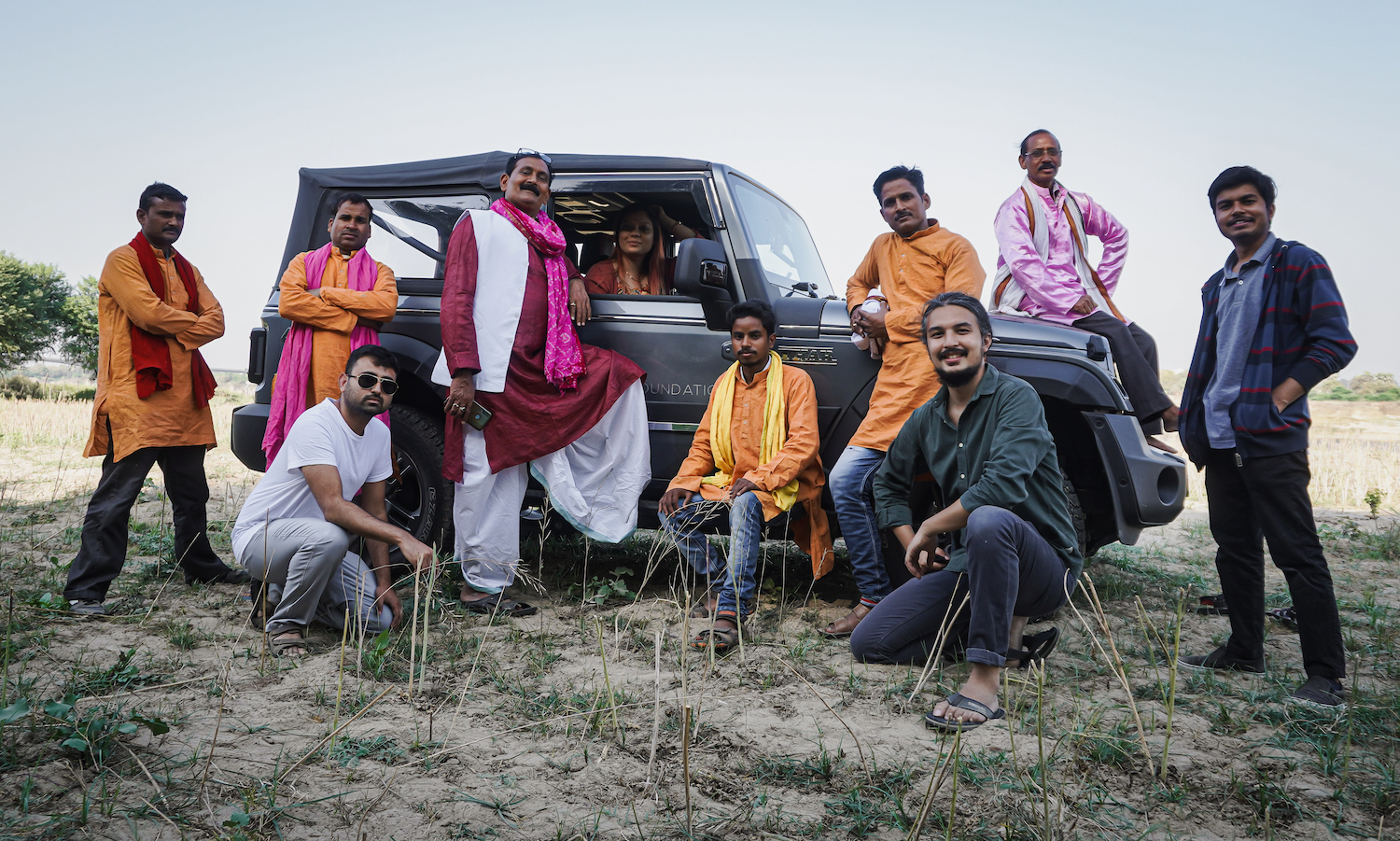
“A journey to the inner sounds of spirituality.”
A musical journey can be regarded as an exploration of one’s inner sounds of spirituality. It carries the potential to bring to the surface the value systems that constitute the elements of the integrity of the individual. To activate such value systems, we left our homes to understand the landscape and the music that lies in the eastern region of Uttar Pradesh which is called Purvanchal.
In South-eastern Uttar Pradesh, on the banks of the river Ganga, lies one of the seven sacred cities of India. This city is called Banaras and is one of the most well-known places in this region. Within the city, and the villages around, reside a population that has been creating and enjoying various forms of folk music like Banarasi Kajri and Biraha. As we sought the artists who have mastered these forms of art over the years, we came across a much-coveted and highly educated artist and a researcher in music, Mannu Yadav. He has made his name within the communities and audiences that enjoy the mentioned forms of music and has completed two Doctoral degrees simultaneously.
To meet such a brilliant mind in the field of music, along with his students, who have also been making a mark as they complement his abilities while accompanying him during various national and international level events was an honour and a privilege. Along with his ensemble, he has presented Biraha in places like Mauritius, Bhutan, and even the Red Fort in New Delhi. As we met him, his professional attitude towards his art and his peers was a pleasing sight at first, but we had never seen him in action before. Unlike other art styles, he insisted that he should perform while standing up and most definitely showcase his skills in the manner that he does in every performance. This posed a bit of a challenge for us to record him, but it was done in the best possible manner.
Accompanying him was his team that consisted of four talented musicians, who have spent their lives in pursuit of mastering musical abilities with their respective instruments. Bijendra, an expert in playing the harmonium, was one of the most talented and excellent musicians we had seen in a while. Along with him, a young artist named Lal Bahadur, or as they affectionately called him, Molu, was a young Dholak player only in his early twenties and yet, showing terrific ability in providing the beats for the songs that these artists presented to us. Chhangoor, a percussionist who uses Khartaal to perfection and has been by his side for most of his performances, around the country as well as the globe, got inspired by his father who was also a folk musician and displayed tremendous musical finesse. Siding with Budhai, an even more experienced percussionist, who claimed to possess abilities in various traditional musical instruments such as the Manjira, Dholak, and Bansuri (flute) was another crucial piece of the story that these artists were a part of during this exploration.
One can say with surety that the Mannu Yadav and his group are masters of the folk form Beher which goes like this:
“Chandrachoond bhakt hain ki,
(Chandrachoond is a follower)
Shivji ke rahilein,
(Of Lord Shiva)
Kayilein jab tap bariyar ho,
(He made himself go through penance)
Tap bal dekhi hil gayile asanwa”
(Shiva was moved by all the hardships Chandrachoond took upon himself)
On the bank of the river Ganga, we were amazed and rendered speechless by their music and storytelling abilities, only having to clap as hard as we could as they finished performing the Banarasi Karji that we had been aspiring to watch for so long. This marked our journey to Banaras, in search of musical brilliance, an undeniably successful one indeed.

